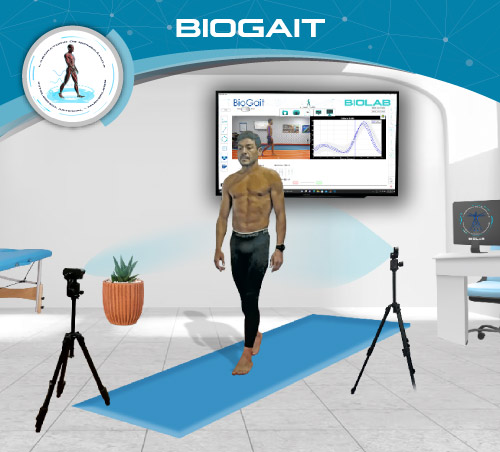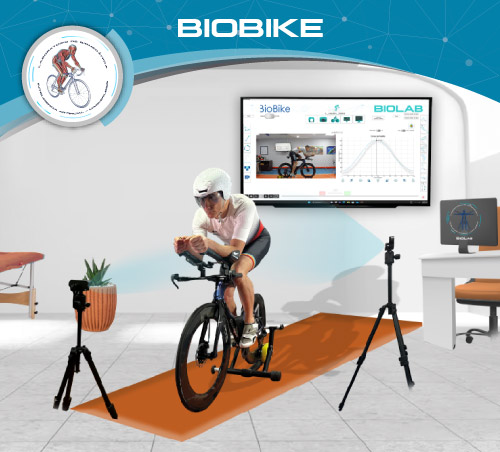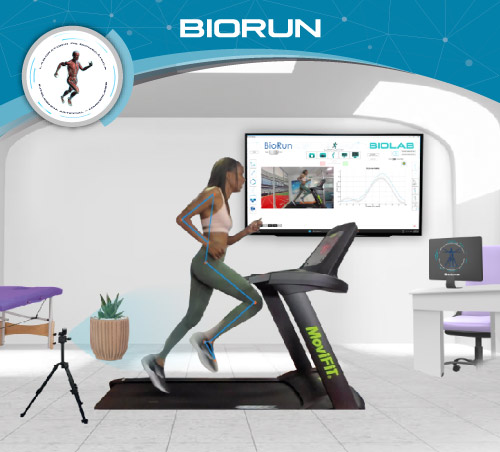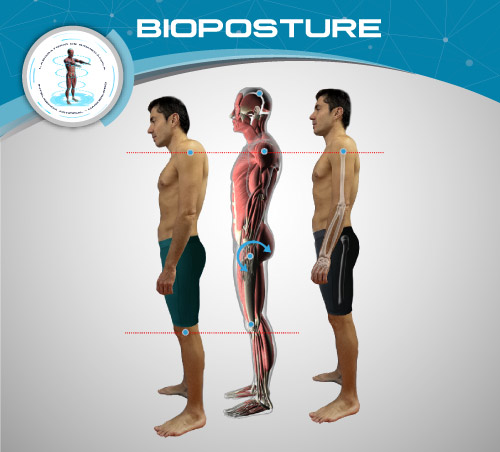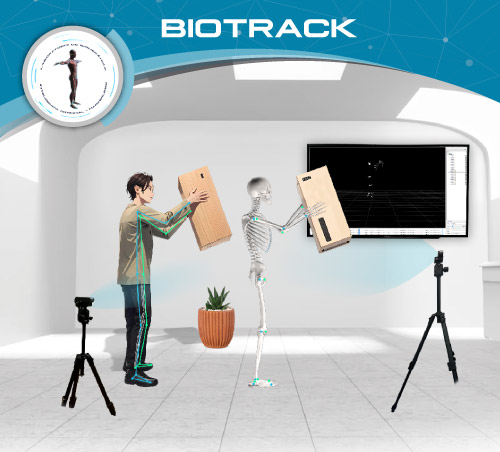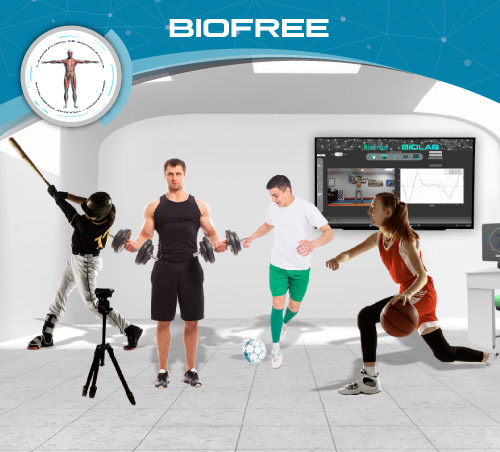¿What is Biomechanics?
Biomechanics is a scientific discipline that investigates the intricate movement patterns of the human body, exploring the coordinated interplay of muscles, bones, tendons, and ligaments. As an integral aspect of kinesiology, Biomechanics specifically delves into the mechanics governing bodily motion. In essence, it entails the systematic study and analysis of how each component within the body collaborates to orchestrate both athletic performances and everyday movements.
The scope of Biomechanics extends beyond the examination of bones and muscles; it encompasses an in-depth exploration of their structural characteristics and the resultant range of movements. Additionally, Biomechanics delves into the mechanics underlying vital physiological processes such as blood circulation, renal function, and other bodily functions. According to the European Society of Biomechanics, Biomechanics is defined as "the study of forces acting on and generated within a body, and the effects of these forces on the tissues, fluid, or materials used for the purposes of diagnosis, treatment, or research."
In the context of specialized biomechanics software offered by Biomec, the understanding and application of these principles become paramount in optimizing athletic performance, rehabilitation, and scientific research.
Example of BIORUN movement analysis, biomechanics of running
Example of BioGait is a Gait Laboratory, based on Artificial Intelligence with Neural Networks
Benefit of Biomechanics
The field of biomechanics offers several important benefits in various areas, contributing to advances in health, sports, rehabilitation and research. Some key benefits include:
Improved performance in sports and athletics:
Biomechanics provides athletes and coaches with valuable information about movement patterns, efficiency and technique. By analyzing and optimizing biomechanics, athletes can improve their performance, reduce the risk of injury, and achieve peak fitness.
Injury prevention and rehabilitation:
Biomechanical assessments are crucial to identify potential injury risk factors and design specific prevention strategies. In rehabilitation, biomechanics plays a key role in developing personalized treatment plans, helping people recover from injuries by addressing movement imbalances and restoring optimal function.
Diagnosis and Medical Treatment:
Biomechanics helps medical professionals diagnose and treat musculoskeletal disorders and conditions. Understanding how forces impact body structures allows for more accurate diagnoses and the development of effective treatment plans, particularly in orthopedics and physical therapy.

Design and improvement of assistive devices:
Biomechanics is essential in the design and improvement of prosthetics, orthotics, and other assistive devices. By considering biomechanical principles, engineers can create devices that better mimic natural movement, improving the quality of life for people with limb loss or mobility issues.
Ergonomics Optimization:
In the workplace, biomechanics helps optimize ergonomic designs of tools, furniture, and workspaces. Understanding how the human body interacts with its environment allows for the creation of configurations that reduce the risk of musculoskeletal disorders and improve overall comfort and productivity.
Advances in sports equipment:
Biomechanics contributes to the design and improvement of sports equipment, such as running shoes, bicycles and rackets. By understanding how the body interacts with equipment during physical activities, manufacturers can create products that improve performance and minimize the risk of injury.
Scientific research and understanding:
Biomechanics plays a crucial role in advancing the scientific understanding of human movement and function. Researchers use biomechanical principles to explore fundamental questions related to anatomy, physiology and motor control, contributing to broader knowledge in fields such as physiology, sports science and medicine.
In summary, biomechanics offers a multidisciplinary approach that positively impacts various aspects of human life, from optimizing athletic performance to improving healthcare outcomes and improving the design of everyday products.
¿What is biobike biomechanics?
BioBike is a Biomechanics Laboratory for cycling, based on Artificial Intelligence with Neural Networks, which calculates the kinematics of the cyclist, or on the round in simulator. It belongs to the BIOLAB family that has other modules such as Gait (BIOGAIT) Posture (BIOPOSTURE), Running (BIORUN) and free measurements (BIOFREE) and Motion Capture (BIOTRACK).
The joint centers of the human body are calculated based on the shape of the biker and its movement, thus eliminating the need for markers and allowing the Bikefitter to be very accurate in his evaluations.
HOW DOES BIOBIKE WORK?
Through ingenious Artificial Intelligence algorithms, Neural Networks, and more than 18 years of Biomechanics experience, we have created a system that recognizes the human body in motion, in small spaces, indoors and outdoors, calculates the joint centers and consequently builds customized Cycling reports, supported also by digital video, making the Bikefitter's work much easier, intuitive and flexible compared to conventional Bikefit labs.
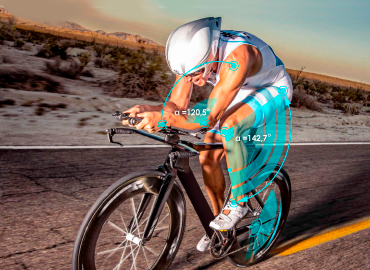
Bike fitting
Biomechanics is a Postural Analysis system
BioPosture is a Postural Analysis system, based on Artificial Intelligence and Neural Networks, which calculates the most representative postural parameters of the human body. It belongs to the BIOLAB family that has other modules such as Gait (BIOGAIT), Running (BIORUN), Cycling (BIOBIKE) and free measurements (BIOFREE) and Motion Capture (BIOTRACK).
HOW DOES BIOPOSTURE BIOMECHANICS WORK?
Through an ingenious Artificial Intelligence algorithm, the use of Neural Networks, and more than 18 years of experience in understanding the user's needs, we have created a system that allows us to recognize the human body in motion, in small spaces, indoors and outdoors, and calculate its joint centers and consequently build customized posture reports, making the evaluator's job much easier, intuitive and flexible compared to conventional Postural Analysis Systems.



